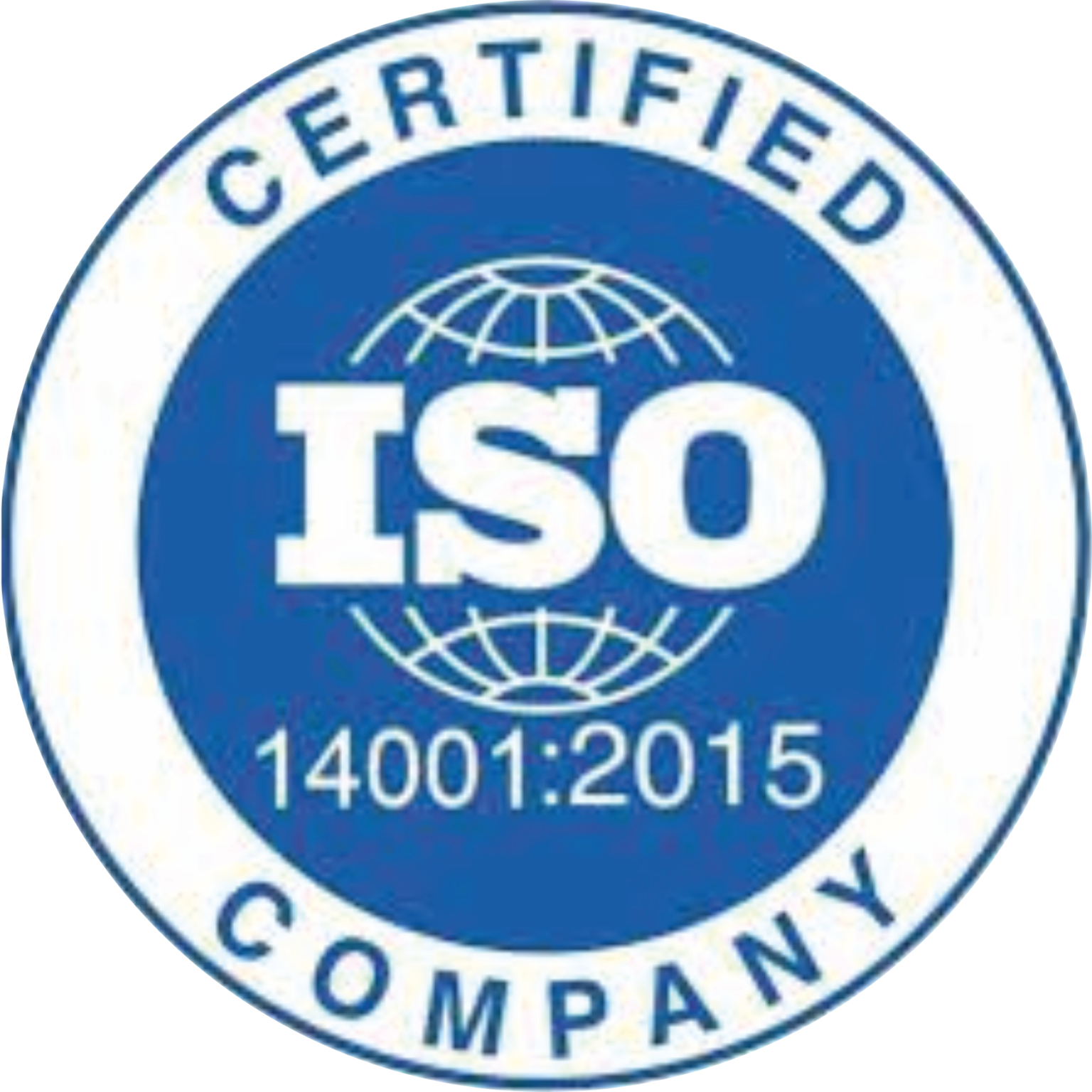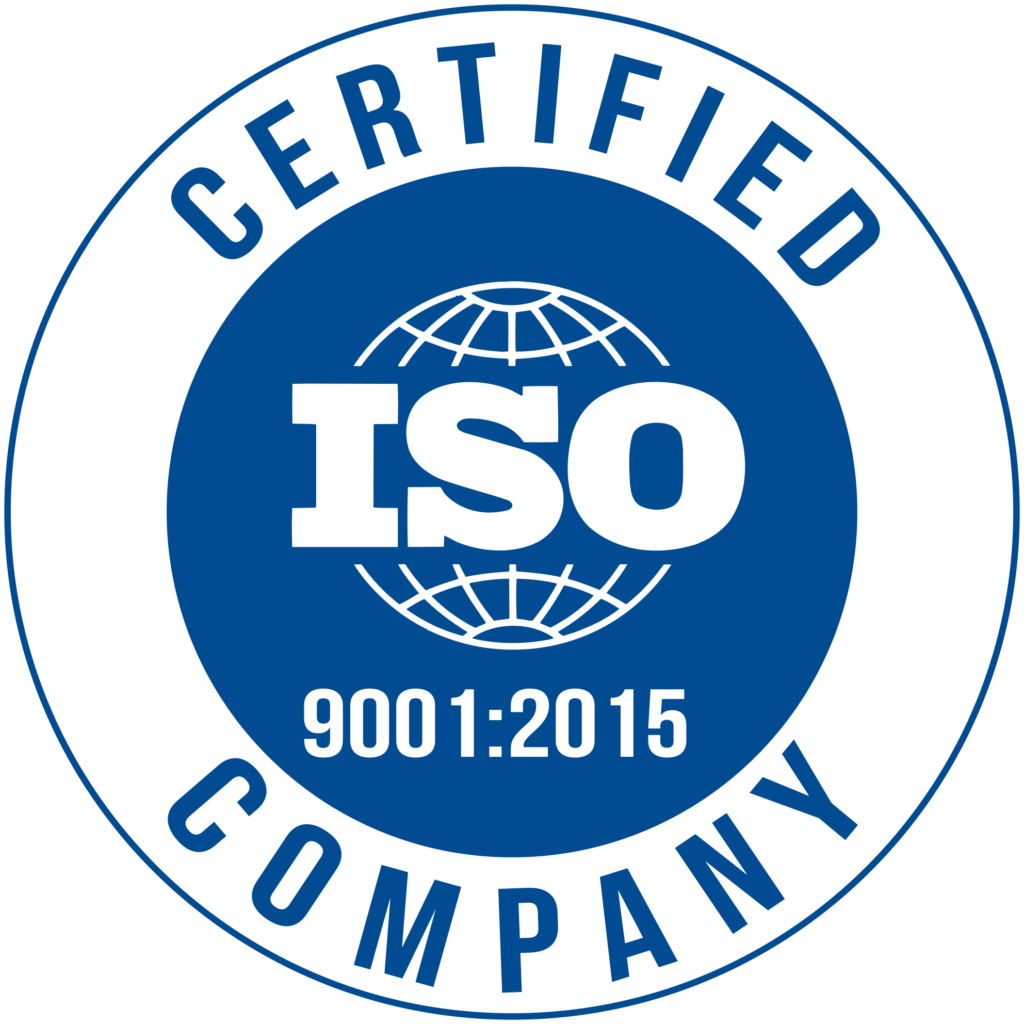Random Packing vs. Structured Packing: Key Differences Explained
Packing has a direct impact on performance, cost-effectiveness, and efficiency in processes including distillation, absorption, and separation. We at Kuber Precision Technology offer creative solutions for organised and random packing, guaranteeing the best outcomes for a range of industrial applications.
Packing is a critical component in processes such as distillation, absorption, and separation, directly influencing efficiency, performance, and cost-effectiveness. At Kuber Precision Technology, we provide innovative solutions for both random packing and structured packing, ensuring optimal results for diverse industrial applications.
Important Information about Random Packing:
- Random Packing in Columns of Distillation:
Random packing is a popular and economical way to increase the efficiency of mass transfer in a variety of column operations. - Pall Ring Random Packing Market:
Due to their large surface area and low pressure drop, pall rings are a popular option in the random packing market. - Support Plate for Random Packing:
Support plates are necessary for reliable performance because they guarantee that random packing is distributed and aligned correctly. - Random Packing Types:
Depending on the particular operational requirements, there are three options: pall rings, saddle rings, and raschig rings. - Comparing Structured and Random Packing:
Structured packing excels in efficiency and precision, making it perfect for important applications, whereas random packing gives flexibility and price.
What is Random Packing?
Types of Random Packing:
- Pall Rings: Known for their high surface area and low-pressure drop, they are commonly used in distillation and absorption.
- Raschig Rings: Cylindrical-shaped packing for simple applications like gas absorption.
- Saddles: Enhanced surface area and liquid distribution, suitable for scrubbing operations.
Advantages of Random Packing:
- Cost-Effective: Typically less expensive than structured packing.
- Ease of Installation: Materials are simply dumped into the column, saving time and labor.
- Fouling Resistance: Performs well in systems prone to fouling or scaling.
- Versatility: Suitable for various column sizes and applications.
Applications of Random Packing:
- Distillation Columns: Used for moderate separation efficiency.
- Scrubbers: Removes impurities in gas streams.
- Absorption Towers: Facilitates gas-liquid interactions in chemical processes.

What is Structured Packing?
Types of Structured Packing:
- Wire Mesh Structured Packing: Offers excellent efficiency for high-purity applications like vacuum distillation.
- Corrugated Metal Sheets: Durable and suitable for high-capacity columns.
- Ceramic Structured Packing: Resistant to corrosion and high temperatures, used in chemical processes.
Advantages of Structured Packing:
- High Efficiency: Maximizes mass transfer and minimizes pressure drop.
- Compact Design: Allows for reduced column height, saving space.
- Energy Efficiency: Operates at lower energy costs, ideal for vacuum systems.
- Consistent Performance: Delivers reliable results in high-purity applications.
Applications of Structured Packing:
- High-Purity Distillation: Used in the production of fine chemicals and pharmaceuticals.
- Absorption Processes: Ideal for gas treatment and CO2 capture.
- Heat Transfer: Enhances efficiency in heat exchangers and condensers.

Random Packing vs. Structured Packing: A Comparison
| Aspect | Random Packing | Structured Packing |
|---|---|---|
| Design | Irregular, randomly loaded shapes. | Organized, systematic arrangement. |
| Installation | Simple and fast. | Requires careful placement for optimal performance. |
| Efficiency | Moderate separation efficiency. | High separation efficiency. |
| Pressure Drop | Slightly higher pressure drop. | Lower pressure drop, ideal for energy savings. |
| Cost | Lower upfront cost. | Higher upfront cost but cost-efficient in the long term. |
| Applications | General-purpose operations like scrubbing. | High-purity and high-capacity processes. |
Key Factors to Consider When Choosing Packing
1. Process Requirements
- Use random packing for general-purpose applications or processes prone to fouling.
- Opt for structured packing for high-purity or high-capacity systems.
2. Column Size
- Random packing is more suitable for large-diameter columns.
- Structured packing works better in smaller, compact systems due to its high efficiency.
3. Budget
- Random packing is more budget-friendly for initial costs.
- Structured packing offers long-term cost savings through reduced energy consumption and higher efficiency.
4. Operating Conditions
- Consider structured packing for low-pressure or vacuum systems.
- Random packing is preferable for processes with high fouling potential.
Random Packing Support Plates
Support plates are essential for keeping the packing materials in place and guaranteeing even distribution throughout the packed columns in systems that use random column packing.
- Provide structural stability to the packing.
- Allow unrestricted flow of liquids and vapors.
- Enhance mass transfer efficiency by preventing uneven packing distribution.
Conclusion
There are specific benefits and uses for both structured and random packing. While organised packing delivers high efficiency and dependability for demanding industrial processes, random packing is more economical and versatile for general-purpose operations. Selecting the ideal solution for maximum performance will be made easier if you are aware of your operational conditions, budget, and process requirements.
Contact us today for additional information about distillation and separation technologies, or look through our selection of custom-made industrial packing solutions!
FAQ'S

Need Help?
We're Here for You!
Got a question or need assistance? Our team is ready to help you every step of the way. Reach out to us, and we’ll get back to you as soon as possible!





